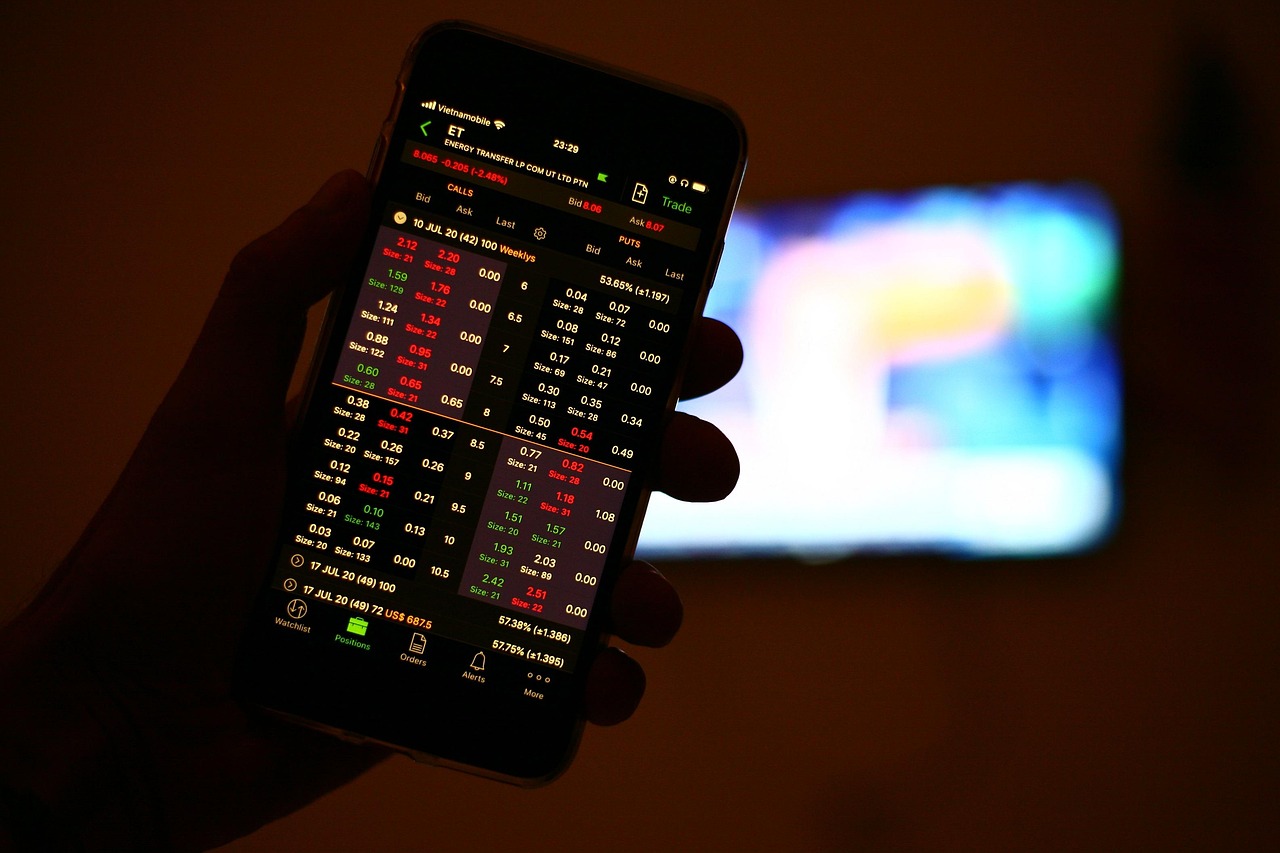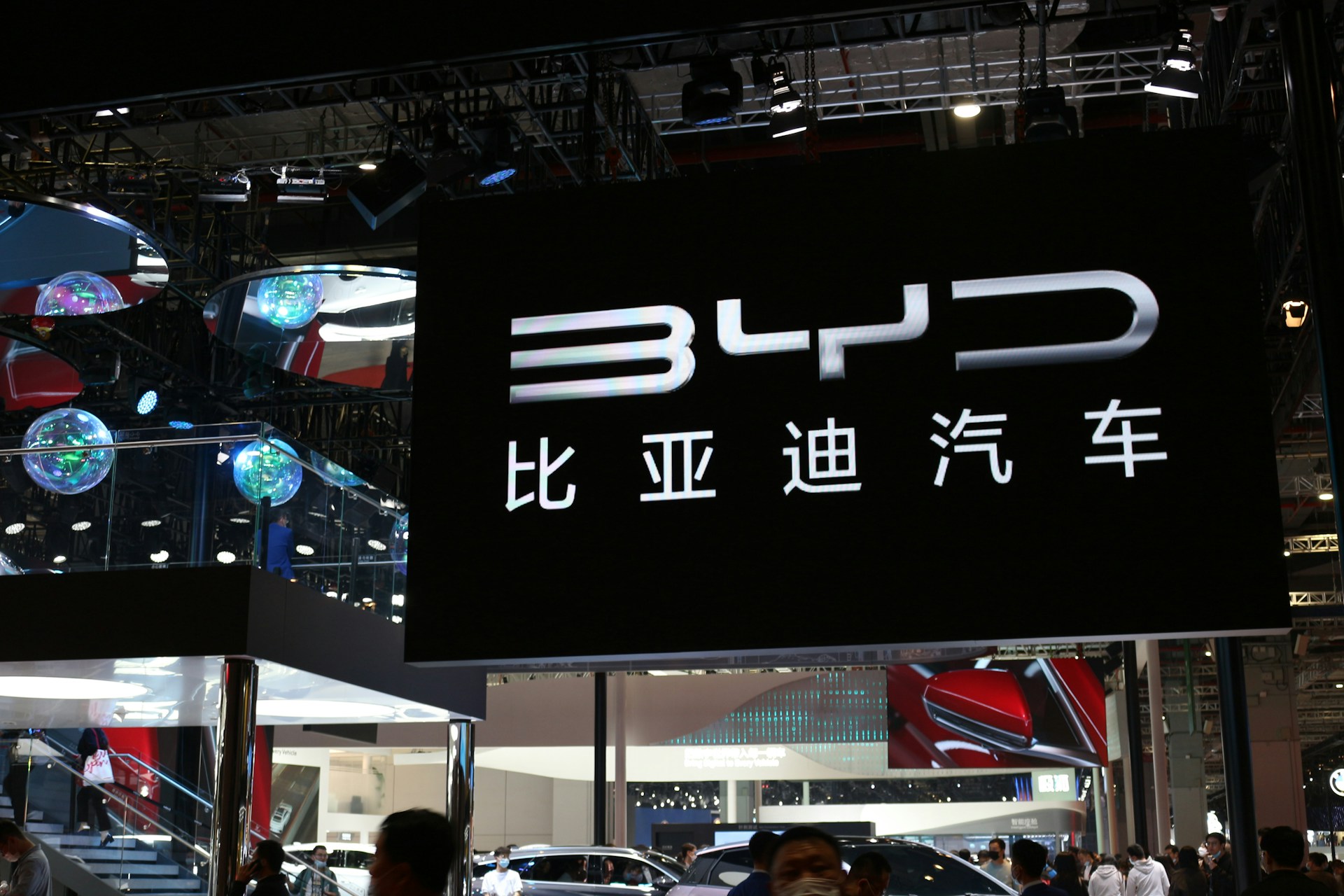Rebalancing Shifts Market Dynamics
The latest MSCI index rebalancing, implemented in early June, has sparked notable changes in the popular iShares Core MSCI World UCITS ETF. With adjustments in the weightings of top holdings, tech giants have taken centre stage. Nvidia has surged to the top position, raising questions among investors about the potential risks of increasing tech concentration.
Nvidia Now the Top Holding
Following the rebalancing on June 2nd, Nvidia now holds the largest weight in the index at 4.73%, surpassing Microsoft at 4.58% and Apple at 4.03%. The updated top 10 holdings are as follows:
-
Nvidia Corp: 4.73%
-
Microsoft Corp: 4.58%
-
Apple Inc: 4.03%
-
Amazon.com Inc: 2.76%
-
Meta Platforms Inc: 2.06%
-
Broadcom Inc: 1.49%
-
Tesla Inc: 1.38%
-
Alphabet Inc (Class A): 1.38%
-
Alphabet Inc (Class C): 1.18%
-
JPMorgan Chase & Co: 1.02%
This shift highlights a growing concentration in U.S. tech stocks. Technology now represents 26.5% of the ETF’s overall portfolio, while U.S. equities account for a dominant 71.3%.
Steady Performance Despite Market Swings
Despite market volatility, the ETF has demonstrated solid performance, delivering an annual return of around 7% as of mid-June. May stood out as particularly strong, with the S&P 500 – a key component of the MSCI World Index – posting its best May performance since 1990.
Over the past 12 months, the ETF has achieved a gain of approximately 20%, and assets under management have reached an impressive $106 billion.
Tech Dependence: A Double-Edged Sword?
While the dominance of companies like Nvidia and Microsoft has propelled performance, this heavy reliance on a handful of U.S. tech stocks – often referred to as the “Magnificent Seven” – has also become a potential vulnerability. As Nvidia and Meta surged, Apple and Tesla showed signs of weakness at times, directly impacting overall ETF returns.
The geographic concentration adds to the risk. Beyond the U.S., the next largest allocations are Japan at 5.5%, the Eurozone at 8.7%, and the UK at 3.7%. Such imbalances could amplify the impact of regional economic shocks.
That said, trading activity remains healthy. On 18 June alone, more than 200,000 shares were traded on the London Stock Exchange, signalling strong liquidity.
Is the U.S. Share Too High?
With over 70% of the ETF comprised of U.S. stocks, some investors are increasingly uneasy. The concern: is this level of exposure creating a dangerous concentration risk? Could a sudden downturn in the U.S. market trigger widespread losses in global portfolios?
This debate has intensified, especially amid renewed political discourse surrounding U.S. economic dominance. In response, the financial industry has launched alternative products, such as an MSCI World ETF excluding the U.S. (“ex USA”). These new instruments allow investors to adjust their exposure by pairing such funds with separate ETFs tracking the S&P 500 or MSCI USA. However, this approach raises the question: does it still qualify as passive investing?
A Historical Parallel: Lessons from Japan
Looking back, the current situation isn’t without precedent. In the early 1980s, Japan’s share of the MSCI World Index surged, eventually peaking at 44% – well above the U.S. at the time. But in 1989, Japan’s real estate and stock market bubble burst. The Tokyo Stock Exchange collapsed, and it took 35 years for it to fully recover.
Japan’s weight in the MSCI World subsequently declined and now stands at just over 5%. This historical episode shows that extreme regional dominance can self-correct – often painfully – over time.
Conclusion: Caution, Not Panic
While the current U.S.-centric weighting may seem excessive, history suggests that markets and indices tend to rebalance themselves over the long term. For now, investors should remain aware of the risks but avoid overreacting. The MSCI World ETF remains a strong performer, though its growing tech tilt requires closer scrutiny moving forward.



